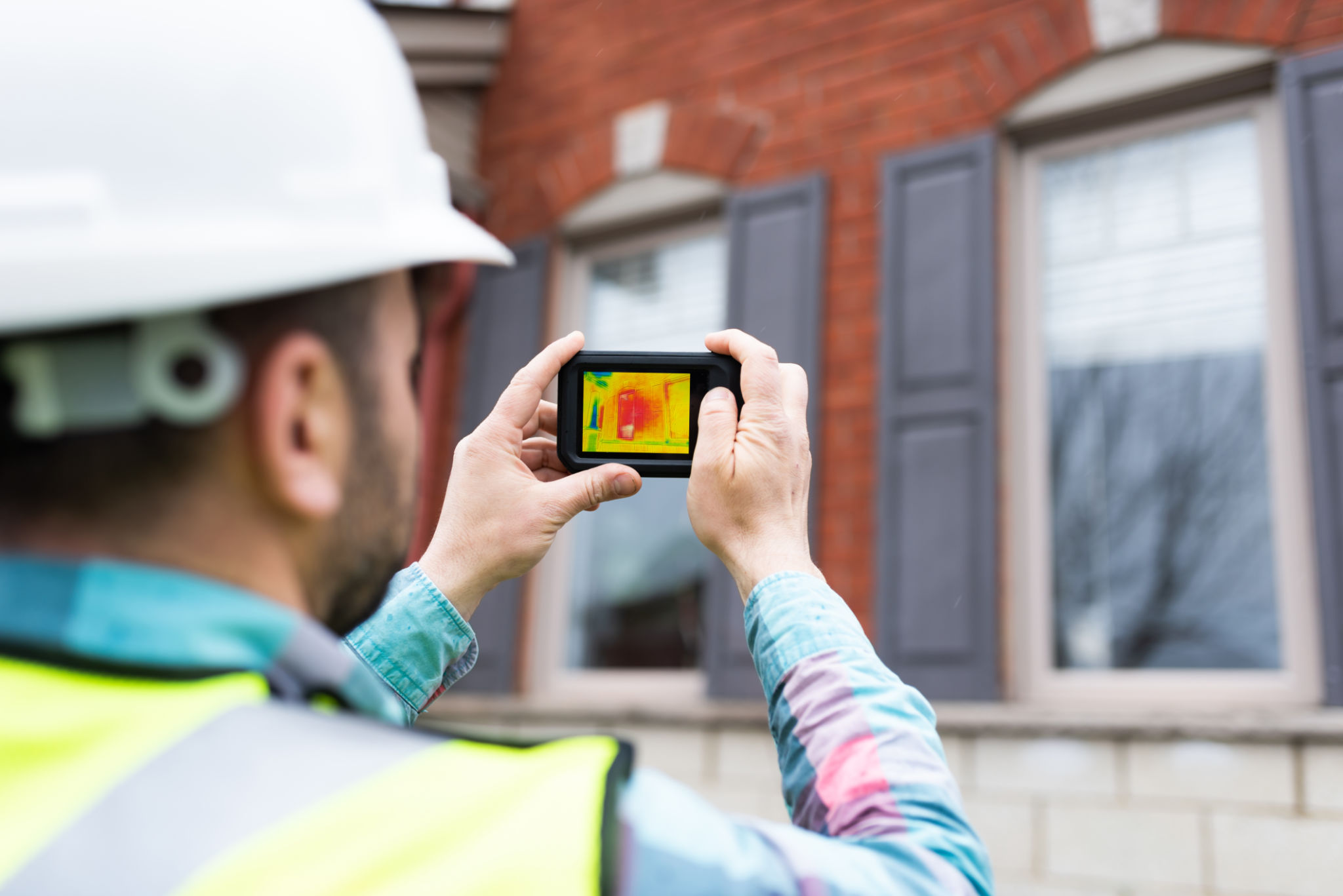Case Study: Successful Implementation of Digital Twins in Walton County High-Rises
Introduction to Digital Twins
In recent years, the concept of digital twins has emerged as a groundbreaking technology in the field of architecture and urban development. Digital twins are virtual replicas of physical entities, allowing for real-time data analysis and simulation. Walton County has successfully integrated this technology into their high-rise buildings, showcasing the transformative power of digital twins.
The implementation of digital twins in Walton County high-rises has set a new standard for smart building management. By leveraging this technology, building managers can now monitor and optimize performance, ensuring both efficiency and sustainability.

Benefits of Digital Twins in High-Rises
The introduction of digital twins in Walton County's high-rises offers numerous benefits. One of the key advantages is enhanced maintenance and operations. Digital twins provide detailed insights into building systems, allowing for predictive maintenance and reducing the likelihood of unexpected failures.
Additionally, digital twins facilitate improved energy management. By analyzing real-time data, building managers can identify inefficiencies and implement energy-saving measures. This not only reduces operational costs but also minimizes the environmental impact of high-rise buildings.

Optimizing Space Utilization
Another significant benefit is the optimization of space utilization. Digital twins enable a detailed understanding of how spaces are used within a building. This information is invaluable for optimizing layouts and ensuring that every square foot is used effectively.
For developers and architects, digital twins offer a powerful tool for planning renovations or new construction. By simulating different scenarios, they can make informed decisions that enhance both functionality and aesthetics.

Challenges and Solutions
While the benefits are clear, implementing digital twins in high-rises comes with its own set of challenges. One major hurdle is the integration of existing building systems with the new digital infrastructure. However, Walton County addressed this by employing skilled technicians who ensured a seamless transition.
Another challenge is data security. With vast amounts of sensitive information being collected and analyzed, safeguarding this data is paramount. Walton County tackled this issue by implementing robust cybersecurity measures to protect against potential threats.
Case Study Outcomes
The successful implementation of digital twins in Walton County high-rises has resulted in impressive outcomes. Operational efficiency has increased significantly, with maintenance costs reduced by 15% in the first year alone. Energy consumption has also decreased by 10%, contributing to a greener community.
This case study serves as a model for other regions looking to adopt similar technologies. By demonstrating both the feasibility and advantages of digital twins, Walton County has positioned itself as a leader in smart city development.

Conclusion
In conclusion, the adoption of digital twins in Walton County high-rises marks a significant milestone in urban development. The numerous benefits, from enhanced maintenance to energy efficiency, highlight the potential of this technology to revolutionize how we manage and interact with our built environment.
As more cities recognize the value of digital twins, we can expect to see widespread adoption across various sectors. For now, Walton County stands as a testament to the innovative spirit driving the future of smart buildings.
